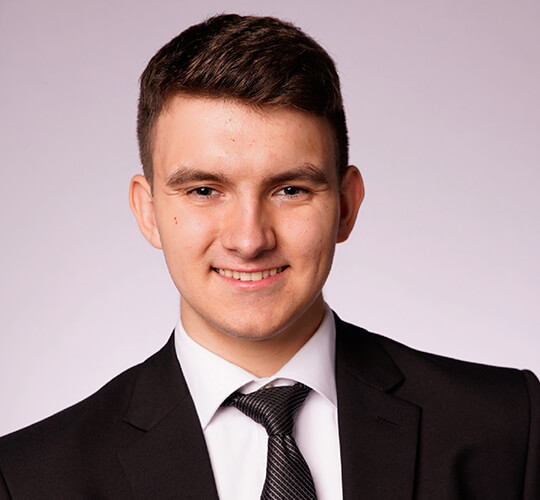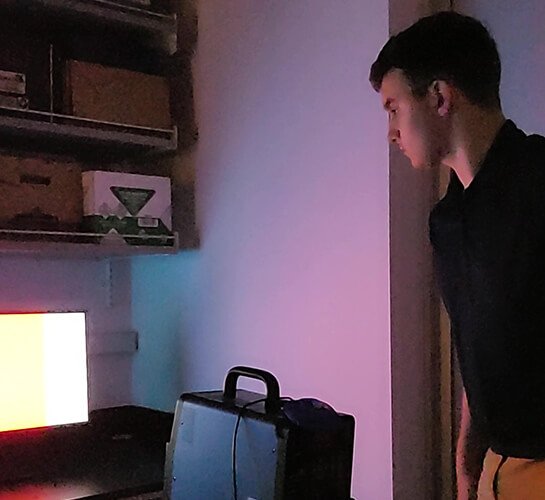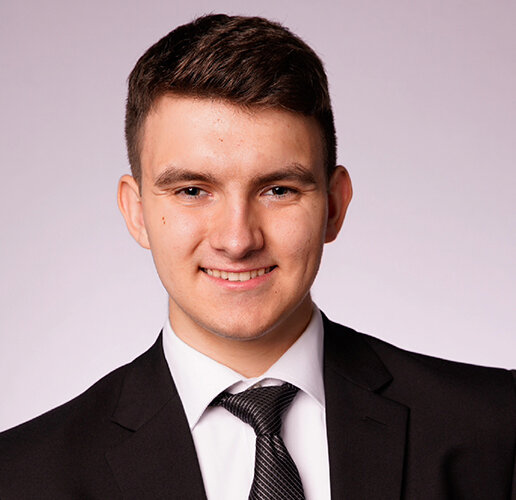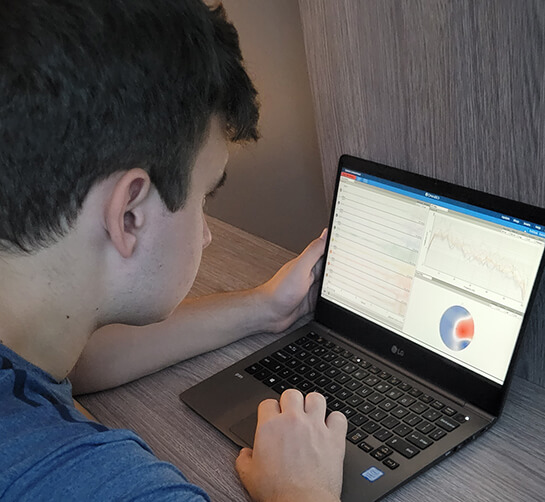Deeper Dive
Color vision deficiency (also known as "color blindness") is one of the most common genetic disabilities in the world, affecting over 400 million people – including myself. After being diagnosed with a severe form of color vision deficiency in 2017, I began investigating the current standard for correcting the disorder, only to find that there is no cure or effective correction method available.
The current standard for correcting color vision deficiency is static, band-stop notch filter glasses which restrict more colors from being seen. This method is far from effective.
My project focused on developing a fundamentally new method of correction, using an active filter to dynamically control the wavelength spectrum that reaches the retinal photoreceptors at high frequencies. To test the efficacy of this method, I used both standardized testing and a novel method developed in this study based on analyzing SSVEP neural responses recorded with an EEG system. The results of testing showed that this method significantly increases contrast between perceived colors, improving color contrast perception for observers with color vision deficiency to the same level as observers with normal color vision. This scale of improvement is larger than that of the current methods, meaning my project has significant potential in becoming the future standard for color vision correction.
As is in all research, I did encounter a few challenges throughout the course of my study. However, one instance does stand out. During the testing phase of my study, after purchasing a new EEG system for use in collecting data, the initial results came back extremely noisy. The output wasn't only unusable but also a setback in my plan for testing. However, seeing this problem, I set out to overcome the obstacle. Perseverance and being open-minded worked hand in hand whenever I came across a problem. I spent hours troubleshooting and exploring current EEG signal analysis methods, which enabled me to develop a novel color vision testing method in my home lab.
During my research, I received incredible support that helped get this project to where it is today. I'm beyond grateful for the encouragement and unwavering support from my family, friends, and the amazing faculty at my high school - especially my biology teacher Dr. Lara Shamieh.
I am thankful for all the staff at the American Academy of Optometry who have supported my work these past few years, especially when I was the only high school student at the conferences. Additionally, I am grateful to the global leaders in the field of vision science who have taken the time to review my research, specifically Dr. Jay Neitz from the University of Washington School of Medicine and Dr. James Kundart from the Pacific University College of Optometry.
The ability to differentiate between colors drives our everyday lives, from seeing contrast between yellow and red traffic lights to being able to pick the ripest produce at the supermarket. As we continue to change the world and explore what lies beyond it, it's important to make sure that everyone can actually see the progress being made. Dynamic Extraocular Filtering has the potential to become the new clinical standard for correcting color vision, bringing the gift of color contrast perception to the "color blind". Whether it be in personal vision aids that allow the user to enjoy the vibrant colors in a piece of artwork or in a handheld assistive filter that an electrician can use to find the right color wire, the endless possibilities that accompany the ability to bring a new depth to vision to such a large percentage of the population is nothing short of exciting.



